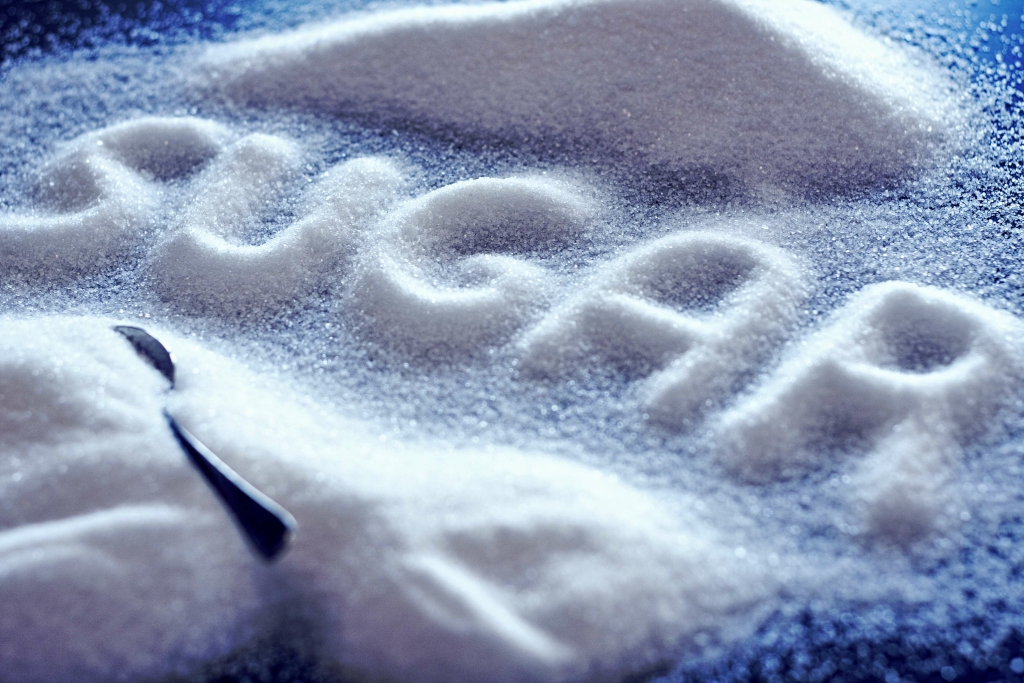Unhealthy Alcohol Use in Adolescents and Adults] Those who screen positive should be evaluated for AUD using the Diagnostic and Statistical Manual of Mental Disorders, Fifth Edition (DMS-V) criteria. You and your community can take steps to improve everyone’s health and quality of life. Excessive alcohol use is a https://ecosoberhouse.com/ term used to describe four ways that people drink alcohol that can negatively impact health. This situation is concerning because seeking an ADHD diagnosis solely to obtain prescription stimulants for enhanced productivity at work blurs the line between legitimate clinical need and potentially inappropriate medication use. Psychiatrists face the challenging task of distinguishing valid diagnoses from invalid ones in this controversial area, further complicated by the lack of clear-cut criteria and objective measures. Although the methods used to estimate productivity losses attributed to premature mortality are consistent with previous cost-of-illness studies, alternative methods with greater support from economists (i.e., the so-called willingness-to-pay approach) would yield much larger cost estimates.
Seeking help with AUD and mental health conditions
However, what makes this analogy particularly insightful is the realization that much like the original Trojan Horse, the situation can be more complex. As the ‘horse’ (psychiatric treatment) enters, it may indeed address and alleviate the psychiatric symptoms, but it does not necessarily guarantee the complete resolution of substance use issues. This unfolding scenario emphasizes the need for a comprehensive and nuanced approach to treating concurrent disorders, acknowledging that these conditions may coexist independently rather than one being solely Drug rehabilitation responsible for the other. In contrast, a less favored approach, termed serial care, dictates that an individual must first attain stability in one condition before the other can be addressed. Using the same example, an individual may be required to achieve complete abstinence from alcohol and undergo detoxification services before addressing the ‘underlying’ depression or anxiety disorder with psychotherapy, antidepressant medication, or a combination thereof.
Major depressive disorder (MDD)

Alcohol interacts with the ischemic system to decrease the risk of ischemic stroke and ischemic heart disease at low levels of consumption; however, this protective effect is not observed at higher levels of consumption. As mentioned above, alcohol exerts these effects mainly by increasing levels of HDL, preventing blood clots, and increasing the rate of breakdown of blood clots. However, binge drinking, even by light to moderate drinkers, leads to an increased risk of ischemic events by increasing the probability of clotting and abnormal contractions of the heart chambers (i.e., ventricular fibrillation). As with hemorrhagic stroke, is alcoholism a mental illness alcohol has different effects on morbidity than on mortality related to ischemic events (see figure 5).
Pharmacological Interventions
- When patients who drink heavily report anxiety, it helps to create a timeline with them to discern whether the anxiety is alcohol-induced or, instead, a pre-existing or primary anxiety disorder, which can help set expectations and a treatment plan.
- They might view their problem as a personal shortcoming or a failure that they are embarrassed to open up about.
- Relying on adjusted risks would severely bias the estimated risk functions because only a small proportion of generally older studies could be included.
This section collects any data citations, data availability statements, or supplementary materials included in this article. When stratified by the decade (e.g. 1990s) and continent (e.g. Europe) in which the study was conducted, respectively, we found similar strengths of associations (see Supporting information, Tables S5 and S6). The Joanna Briggs Critical Appraisal Checklist for Studies Reporting Prevalence Data was used to assess the methodological quality of each study 34.
Because of this, any amount of alcohol will affect a person’s emotional well-being and vice versa. If left untreated, a co-occurring mental illness and alcohol dependency can spiral out of control, taking a toll on both the individual suffering and their loved ones. The complexity deepens when comorbid stimulant use disorder is introduced into the equation.

For example, alcohol use and alcohol use disorder might increase because of de creases in price (eg, as inflation-adjusted value of taxation decreases),157 whereas depression might increase because of rising unemployment. Many classification systems have been proposed to replace or augment a dichotomous classification system. These include the transdiagnostic risk factor model that incorporates dimensions of psychopathology,41 ranging from a basic two-factor model to broader structures.39 These structures have been formalised through several different research programmes. The Hierarchical Taxonomy of Psychopathology initiative,49 for example, aims to provide both researchers and clinicians with a new measurement and diagnostic system for mental disorders. Dimensional representations of comorbidity have also been formalised as a p-factor,132 conceptualised similarly to a general dimension of intelligence from which several different subfactors can emerge. Still more broadly, the US National Institute of Mental Health133 has launched an agenda to redefine classification symptoms.

Dual Diagnosis
This specialized assessment can help untangle intricate diagnostic scenarios and guide treatment decisions effectively. We included peer‐reviewed observational studies, comprising cross‐sectional, national surveys, cohort, prospective, longitudinal and case–control studies published in English. Where the same data set was used by multiple studies and reported the same outcome, we used the study which reported information on more CMDs.
Leave a Reply